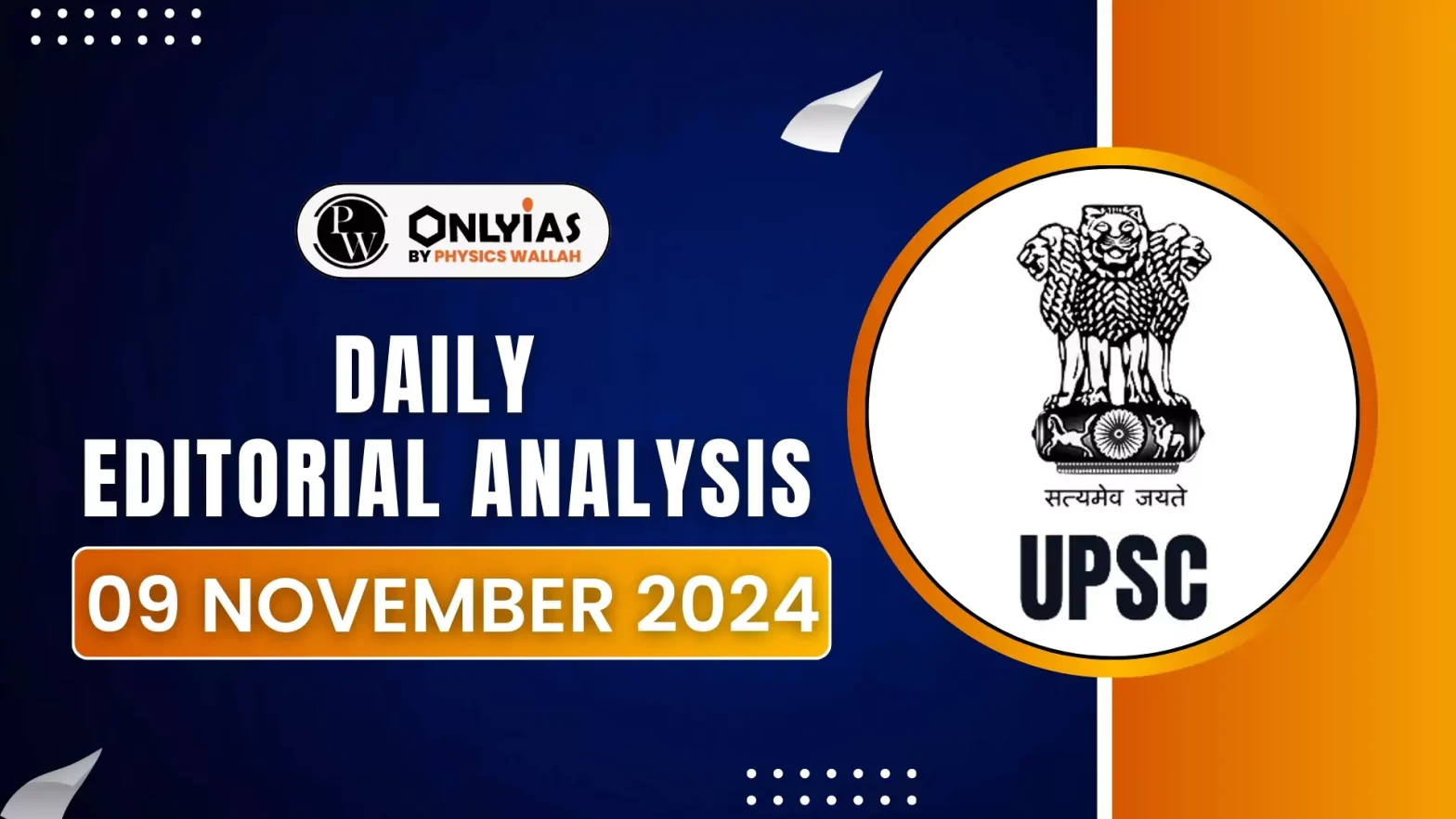National Investigation Agency (NIA) organised a two-day anti-terror conference on November 7 and 8 in New Delhi.
- The Home Minister, in his inaugural address, said that the central government will bring a “national counter-terrorism policy and strategy” soon and added that a unified approach is required to fight “terrorism, terrorists, and their ecosystem”.
Enroll now for UPSC Online Course
| A standard operating procedure (SOP) guides the collaboration between various agencies. This includes a clear framework for how central and state forces will coordinate, with an emphasis on strengthening stakeholder engagement and fostering synergies across different sectors.
The National Intelligence Grid (NATGRID) would play a role in streamlining intelligence sharing, while efforts to combat cyber-terrorism could be handled through dedicated, specialised units. |
Core Aspects of the Proposed Counter-Terrorism Strategy
The Home Minister outlined several key areas that will shape India’s future counter-terrorism efforts. These include:
- Standard Operating Procedures (SOPs) for Central and State Forces: The government plans to revise and standardise the SOPs that guide the response of both central and state forces.
- The synchronisation of these procedures across jurisdictions will help in maintaining consistency and efficiency in addressing terrorism at all levels.
- Emerging Technologies and Innovation: The use of emerging technologies, such as artificial intelligence, big data, and cyber tools, will be integrated into counter-terrorism operations to enhance intelligence gathering, tracking, and the overall effectiveness of operations.
- Whole-of-the-Government Approach: A successful counter-terrorism strategy requires an inclusive approach, bringing together all levels of government, from local authorities to national agencies.
- The HM emphasised the importance of integrating decentralised governance structures into the broader counter-terrorism framework.
Prevention is Better Than Cure
- The aspects outlined by the Home Minister are undoubtedly critical to shaping a robust counter-terrorism policy and will play a significant role in fortifying the country’s law and order framework.
- However, as the policy takes its final shape, it is essential that it encompasses elements beyond merely responding to acts of terrorism.
- To address the underlying factors—the “whats,” “whys,” and “hows”—that precede a terror attack, the aspect of prevention must be integrated into the strategy.
- The goal of prevention should be to avert terror before it occurs.
Steps for Prevention Strategy in Counter-Terrorism
- Focus on Vulnerable Populations
- These may include ethnic communities, at-risk youth, marginalised populations, and others susceptible to radicalization.
- By identifying these vulnerable sections, measures can be put in place to prevent their recruitment into terrorist activities or support for terrorism.
- Rehabilitation and Disengagement
- In addition to preventing new recruits, a comprehensive strategy must include the rehabilitation and disengagement of individuals already involved in terrorism.
- Similar to programs aimed at combating gang involvement, drug abuse, or abuse prevention, disengagement strategies should offer support and alternatives for those seeking to exit terrorism.
- Tackling Radicalization
- Effective prevention programs should engage with individuals at risk, providing continuous support to help mitigate their vulnerability to radical ideologies.
- Engaging online platforms, social media, and community leaders is essential in curbing the spread of radical views.
- These interventions should be preventative in nature, offering counselling, education, and support to deter potential recruits from engaging in terrorism.
- Wide Network of Partners
- This includes local communities, civil society organisations, public-sector institutions, schools, universities, healthcare providers, police, prisons, religious institutions, and the private sector.
- Assessment of Local Threats
- The Home Minister’s proposal of adapting standard operating procedures (SOPs) for each state should be expanded to include continuous assessment of the regional threat landscape.
- Regular research and evaluation will help in refining prevention methods to meet the unique needs of different areas.
- Whole-of-Government Approach
- A unified, whole-of-the-government approach must be implemented, involving local governance bodies at the grassroots level.
- This decentralised approach ensures that counter-terrorism becomes a community-driven effort, involving all sectors of society, including rural and urban local bodies.
- Addressing Structural Violence
- Structural Violence refers to the social structures that harm individuals by denying them basic rights or needs.
- Long-term governance efforts should aim at reducing inequalities, ensuring access to education, employment, and healthcare, and addressing systemic injustices that may fuel terrorist ideologies.
- Acknowledge Endogenous Factors
- Terrorism, particularly in India, is largely an endogenous phenomenon, and a successful prevention strategy must focus on addressing the internal factors that contribute to radicalization.
Check Out UPSC Modules From PW Store
Conclusion
Addressing terrorism requires a holistic approach that goes beyond security measures to tackle the root causes, such as socio-economic inequalities and ideological extremism.
![]() 9 Nov 2024
9 Nov 2024

